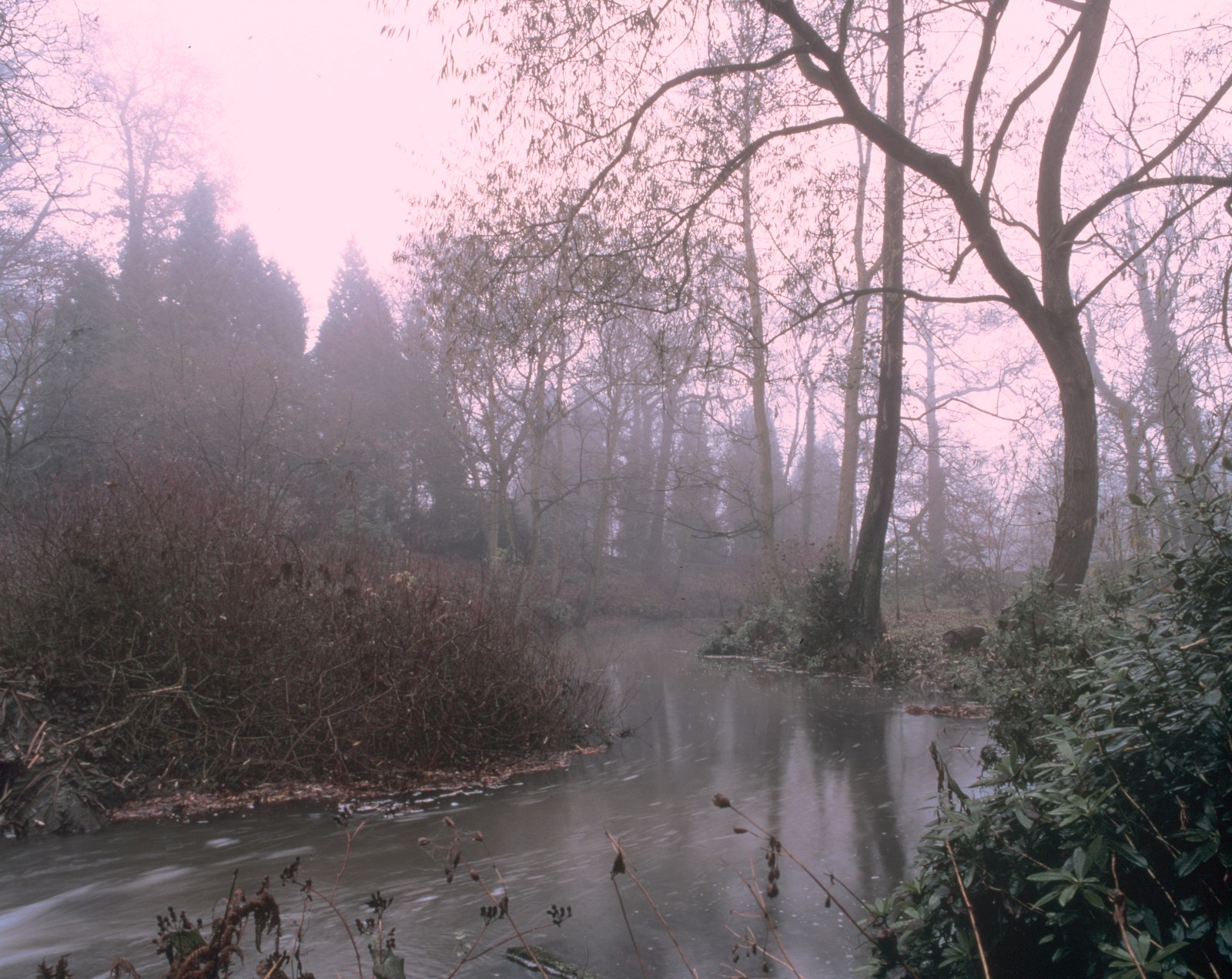
Whereas a Black Servant Boy, 1998
This show brings a double debut: the first solo New York appearance of the London-based artist Zarina Bhimji and the inauguration of Talwar Gallery, in an eastern annex of the Chelsea art beat.
Ms. Bhimji was born in Uganda in 1963 and moved with her Indian family to England when Idi Amin came to power. She studied art in London and has gained attention in New York for her contribution to several important group exhibitions, including ''In/Sight: African Photographers, 1940 to the Present'' at the Guggenheim Museum in 1996 and ''Out of India'' at the Queens Museum of Art in 1997. The work at Talwar, produced two years ago, shows what she can do with a multimedia photographic installation, and she can do a lot.
Several of the large-format color photographs, seen either as lightboxes or prints, show an 18th-century British country house and its garden. The garden was designed by Capability Brown, who in the early Romantic era was much in demand for cultivating the look of wild nature in the parks of rural estates. As it happened, the fortunes of some of his clientele, including the owners of the house in the photographs, were based on the products of a very different kind of garden: British-owned sugar plantations worked by African slaves in the Caribbean.
While researching this history, Ms. Bhimji came across 18th-century newspaper advertisements for the return of runaway black slaves, some of whom are referred to as Indians, others as Moors. The words from these notices, reproduced on mirrors, appear in the show. So do oblique shots of another garden, that of the Alhambra in Spain, built by North African Muslim conquerors known in Europe as Moors. To their creators, these gardens, with their exquisite logic and symmetry, were an earthly reflection of paradise.
The note of exoticism they introduce in the show is fully developed in two photographic still lifes that mix organic substances (saffron, hair, feathers) with culturally loaded materials (a swatch of black silk, for example, which suggests a Muslim chador and Victoria's Secret lingerie). The enigmatically sensual images that result suggest, in the context, some core of disruptive psychic energy underlying both the gardens and the histories that produced them. Ms. Bhimji delivers all this information subliminally; the installation gains in intricacy the longer you give it. And the pictures are gorgeous. A welcome debut.
-Holland Cotter